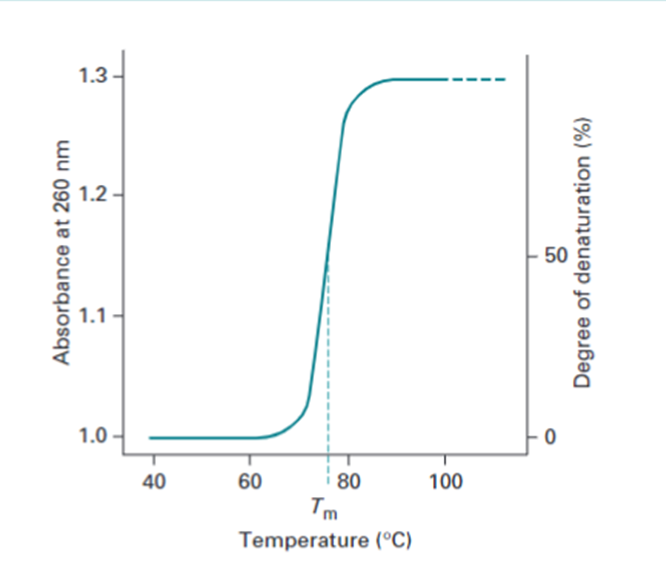What
exactly is the HEPA filter? Why it is so important? If you have these queries,
keep reading.
HEPA filter which is the short form of high
efficiency particulate air filter. These filters are very good at arresting bacteria, viruses, allergens, pollens etc. These are designed to trap 99.97%
particles of size up to 0.3 microns. 0.3 microns is known as MPPS, most penetrating particle size. What is unique about 0.3 micron size particles? We will see afterwards.
HEPA filters are used in research labs, pharma
industries, healthcare sectors, operating theatres, air conditioners etc. The biotechnologists are familiar with the terms laminar
air flow and biosafety cabinet. HEPA filters are used in biosafety cabinet and
laminar air flow to capture the incoming air and it trap all airborne
contaminants to maintain the sterile conditions.
How
do these filters work?
HEPA filters are manufactured using interlaced
glass fibers that are twisted and turned in numerous form directions to form a maze.
1. The larger particles
such as dust, pollen etc. travel in a straight path, hit the fiber, and stick
to it. This step is called direct impaction.
2. The particles >1
micron (to compare, the hair size is 50 micron), are too big to pass through the filters, so they get stuck between the filters. This is known as
sieving/straining.
3. The particles <1
micron (0.3-1 micron, size of bacteria) try to follow air around a HEPA filter.
But they cannot move fast and end up get stuck in the sides of fibers. This is
called interception.
4. Next, what about the very
small particles (< 0.3 micron)? Due to the smaller size, they get bounced
when they hit the gas molecules. They move in zigzag patterns. Due to this
movement, they end up in hitting the fibers and getting stuck there. This is
known as diffusion.
What
is this 0.3 micron MPPS?
The particles larger or smaller than
0.3 micron are trapped in the filter with higher efficiency. But this 0.3 micron
particle size results in the worst efficiency and known as the “weak spot” of
HEPA filters.
Hope you like this information!







